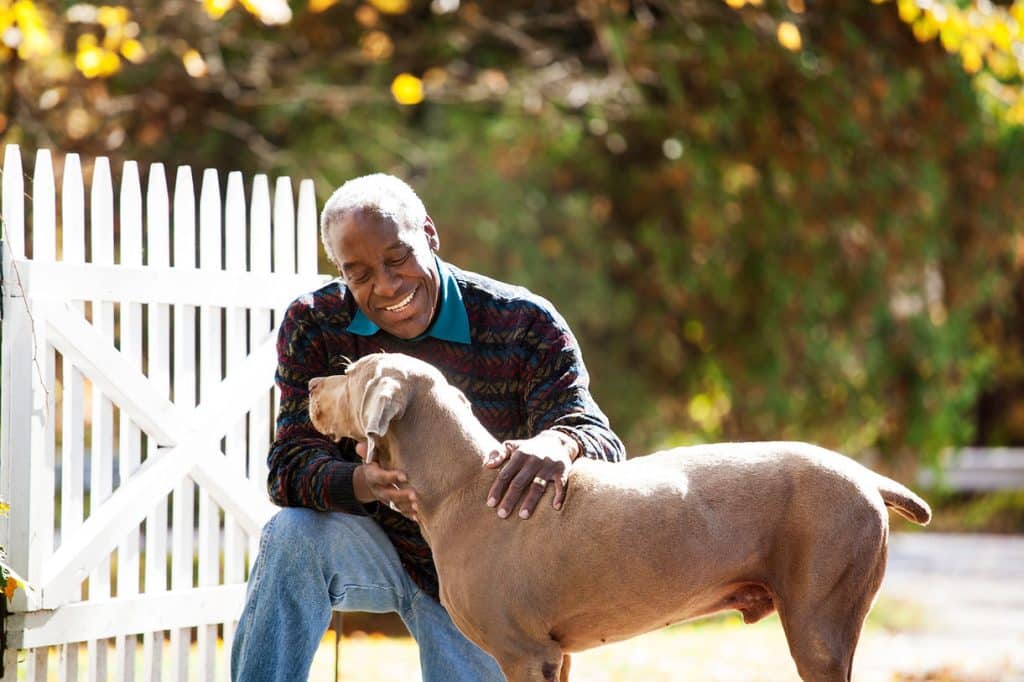For decades, spaying and neutering have been promoted as the responsible choice for dog owners—a one-size-fits-all solution to overpopulation and behavioral issues. Veterinarians routinely recommend these procedures as early as 6 months old, often framing them as universally beneficial. But is this narrative complete? Emerging research, including a landmark 2020 study titled “Assisting Decision-Making on Age of Neutering for 35 Breeds of Dogs: Associated Joint Disorders, Cancers, and Urinary Incontinence”, reveals a more complex story. This blog dives into the underpublicized risks of neutering, challenging the assumption that its benefits always outweigh the costs.

The Traditional Narrative – Why Neutering Became Standard
Before dissecting the risks, let’s acknowledge why neutering gained such widespread endorsement:
1. Population control: Preventing unwanted litters remains critical, with millions of dogs euthanized in shelters annually.
2. Reduced reproductive cancers: Spaying eliminates ovarian/uterine tumors; neutering nearly eradicates testicular cancer.
3. Behavioral benefits: Reduced aggression, roaming, and marking in males.
4. Convenience: Eliminates heat cycles in females and hormonal-driven behaviors.
These benefits are real—but they’re only part of the equation.
The Breed-Specific Time Bomb
The 2020 study analyzed 35 breeds over 15 years, uncovering startling links between neutering age and disease risks **specific to breed and sex**. Key findings include:
A. Joint Disorders: A Silent Epidemic
Early neutering (before 1 year) dramatically increases risks of:
- Hip dysplasia: 17–27% higher in early-neutered Golden Retrievers, Labradors, and German Shepherds.
- Cranial cruciate ligament (CCL) tears: Neutered dogs of all breeds face 2–3x higher risk vs. intact dogs.
- Elbow dysplasia: Significant in Bernese Mountain Dogs, Rottweilers, and Mastiffs.
Why? Sex hormones like estrogen and testosterone play critical roles in closing growth plates. Removing them prematurely disrupts bone development, leading to misaligned joints.
B. Cancer Risks: A Double-Edged Sword
While neutering eliminates reproductive cancers, it may increase vulnerability to others:
- Lymphoma: Neutered Golden Retrievers have a 3x higher incidence.
- Hemangiosarcoma: A deadly blood vessel cancer; risk doubles in spayed female Vizslas.
- Mast cell tumors: Elevated in neutered Boxers and Boston Terriers.
The paradox: Removing hormones that drive reproductive cancers may weaken immune surveillance against other malignancies.
C. Urinary Incontinence in Females
Spayed females (especially large breeds) face a 7–30% lifetime risk of urinary incontinence due to weakened urethral sphincters. This condition often requires lifelong medication.

Beyond the Study – Other Underdiscussed Risks
A. Endocrine Havoc
Sex hormones aren’t just for reproduction; they regulate:
- Metabolism: Neutered dogs are 2x more likely to become obese.
- Thyroid function: Hypothyroidism rates spike in neutered dogs, leading to skin/coat issues and lethargy.
- Bone density: Early neutering correlates with higher fracture rates in adulthood.
B. Behavioral Trade-Offs
While neutering reduces aggression, studies link it to:
- Increased fearfulness: Neutered dogs show higher anxiety and noise phobias.
- Cognitive decline: Possible earlier onset of canine cognitive dysfunction (doggy dementia).
C. The “Neutered Phenotype”
A 2013 UC Davis study found that neutered dogs of both sexes are:
– More prone to vaccine reactions.
– At higher risk for autoimmune disorders (e.g., lupus, hypothyroidism).
Why Aren’t Vets Talking About This?
This isn’t about villainizing veterinarians—it’s about systemic gaps:
- Education lag: Many vets learned outdated “neuter early” guidelines in school.
- Shelter pressures: Adoption contracts often mandate early neutering, creating a conflict of interest.
- Lack of individualized care: Discussing breed-specific risks requires time many clinics don’t have.
- Fear of backlash: Some vets avoid nuance to prevent owners from abandoning neutering altogether.

A New Framework for Decision-Making
The key is **personalization**. Owners should consider:
A. Breed Matters! Examples from the 2020 study:
- Golden Retrievers: Delay neutering until >2 years to minimize joint/cancer risks.
- Small breeds (e.g., Chihuahuas): Lower joint risks allow earlier neutering (6–12 months).
- Female German Shepherds: Spaying after first heat reduces urinary incontinence risk.
B. Sex Differences
- Males: Testosterone’s role in muscle/bone development means delaying neutering may benefit large breeds.
- Females: Weigh pyometra (life-threatening uterine infection) risks against cancer/joint trade-offs.
C. Lifestyle Factors
- Can you prevent unwanted pregnancies?
- Is behavioral management feasible without neutering?
Alternatives to Traditional Neutering
For owners seeking middle ground:
- Ovary-sparing spay: Removes uterus but retains hormone-producing ovaries.
- Vasectomy: Leaves testes intact, preserving hormones while preventing reproduction.
- Chemical sterilization: Temporary options like Zeuterin (though availability is limited).

Conclusion: Beyond “Always” or “Never”
Neutering isn’t inherently good or bad—it’s a risk-benefit equation that varies by breed, sex, and individual health. While the procedure remains vital for population control, the era of automatic early neutering must end. Armed with breed-specific data and open dialogue with vets, owners can make choices that honor both their dog’s health and societal responsibility.
The next time a vet recommends neutering, ask: “What does the latest research say about my dog’s breed?” The answer might surprise you—and save your dog from a preventable disorder.
References
- Hart BL, et al. (2020). Assisting Decision-Making on Age of Neutering for 35 Breeds of Dogs. Frontiers in Veterinary Science.
- Zink C (2019). Long-Term Health Risks and Benefits of Spay/Neuter in Dogs.
- UC Davis Veterinary Medicine (2013). Effects of Spaying and Neutering on Canine Health.

